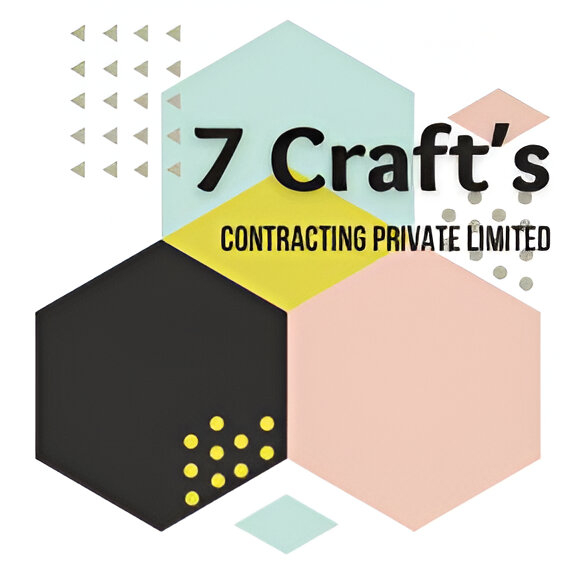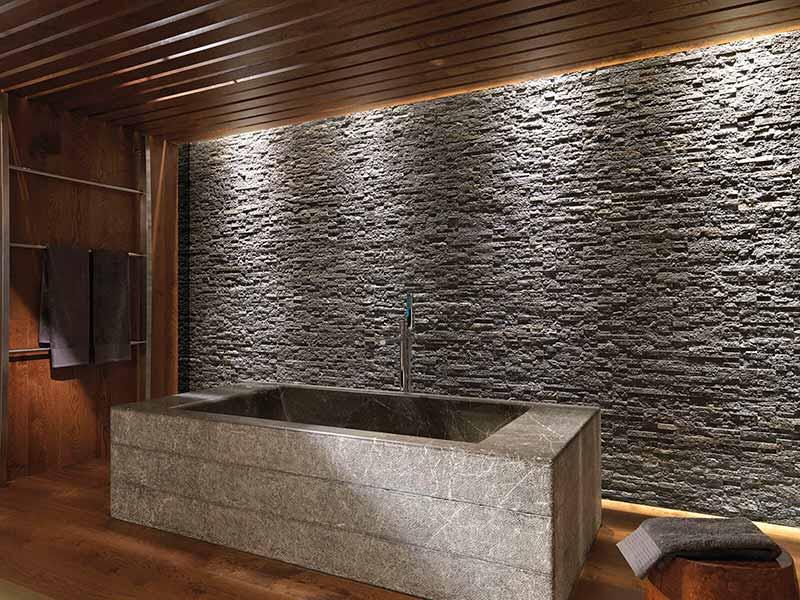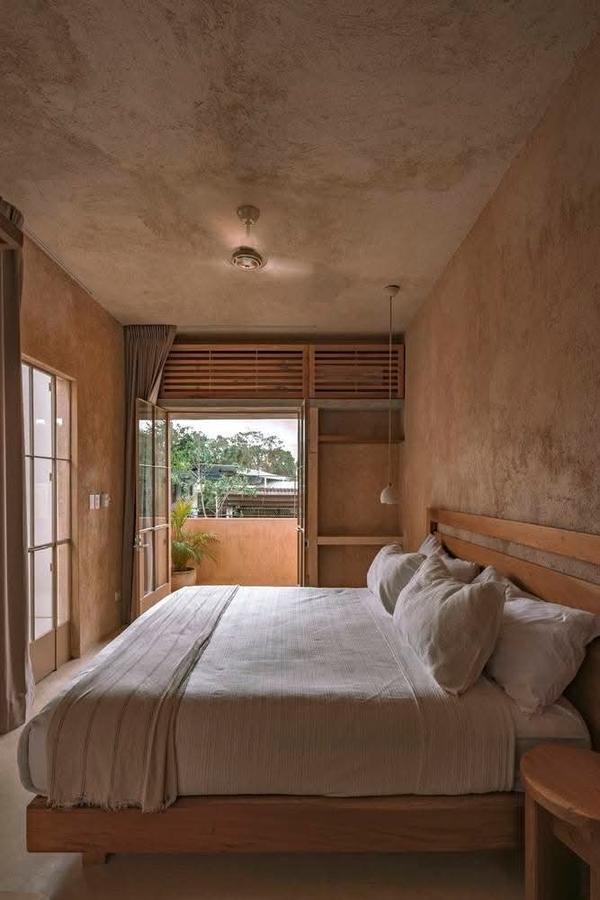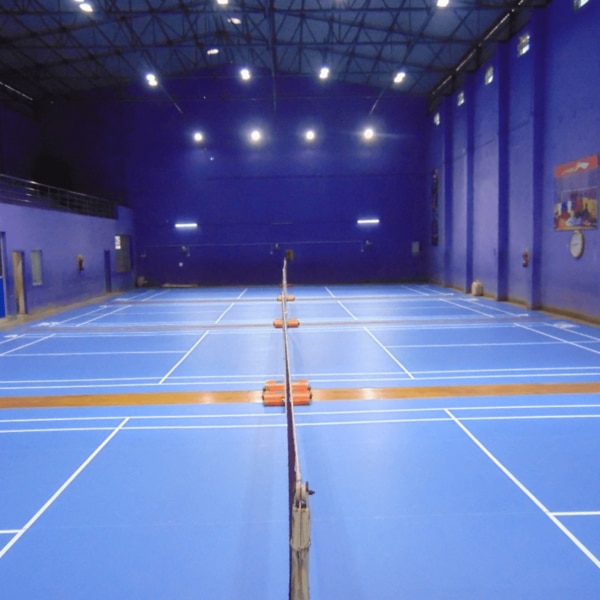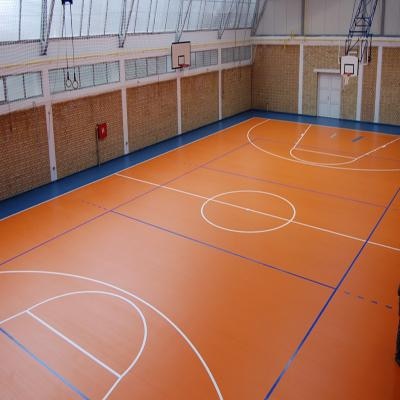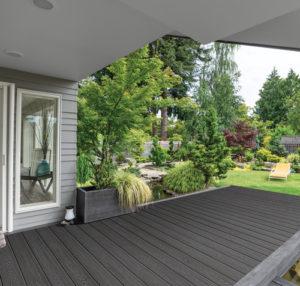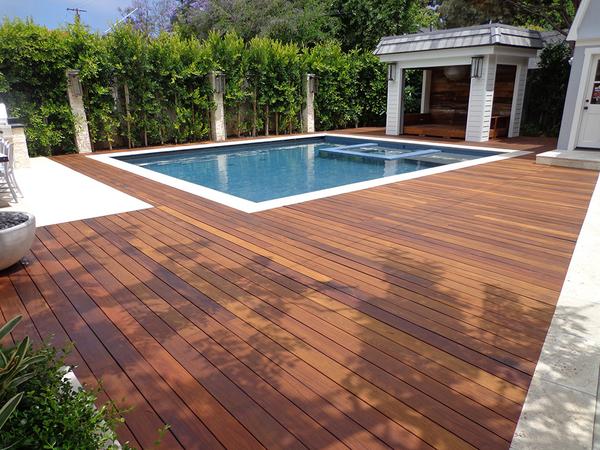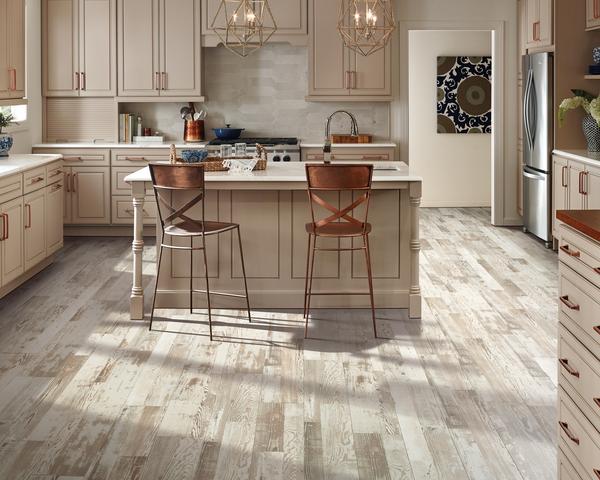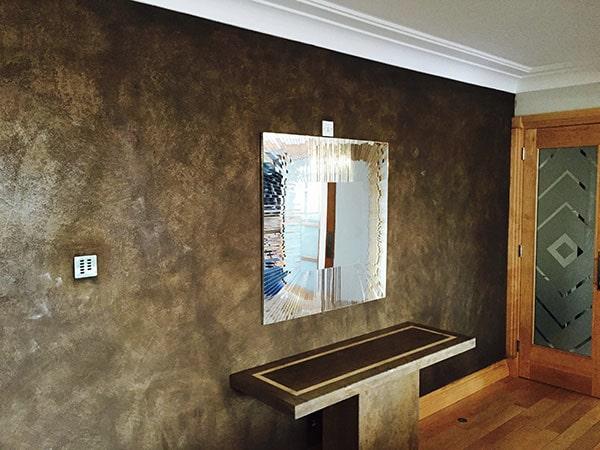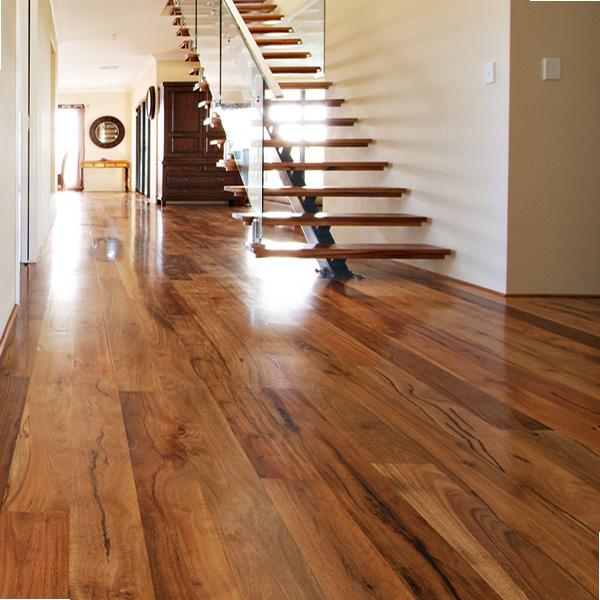Natural stone cladding offers a variety of finishes that enhance its aesthetic appeal and suitability for different applications. These finishes include honed, polished, sandblasted, flamed, leathered, and tumbled, each providing a unique texture and appearance. The choice of finish depends on the desired look, whether it's a rustic, smooth, or textured surface, and the specific application, such as interior or exterior walls. Common Natural Stone Cladding Finishes: Honed: A matte finish with a smooth, non-reflective surface, often used for high-traffic areas like floors and stairs. Polished: A smooth, glossy finish that enhances the stone's color and veining, commonly used for interior applications. Sandblasted: Achieved by blasting the stone with sand, creating a textured, non-slip surface, ideal for exterior spaces like patios. Flamed: Created by exposing the stone to high heat, resulting in a rough, textured surface with a slightly rustic appearance, often used for exterior cladding. Leathered: A textured finish that gives the stone a soft, suede-like feel, enhancing the natural characteristics of the stone and providing a slip-resistant surface. Tumbled: A distressed finish achieved by tumbling the stone with abrasives, creating a worn, aged look. Grooved: Incisors are cut into the stone surface to create a linear pattern. Water Blasted: A chemical-free finish using high-pressure water to clean the stone surface. Antique: A finish that mimics the look of aged stone, often used to create a rustic or historical aesthetic. Factors to Consider When Choosing a Finish: Desired Aesthetic: The chosen finish should complement the overall design and style of the building. Application: Interior and exterior applications may require different finishes for optimal performance and appearance. Durability: Consider the level of wear and tear the stone will be exposed to, especially in high-traffic areas or exterior applications. Maintenance: Some finishes may require more maintenance than others. Cost: Different finishes may have varying costs associated with them. Safety: Consider the slip resistance of the finish, especially in areas where people may walk barefoot.
